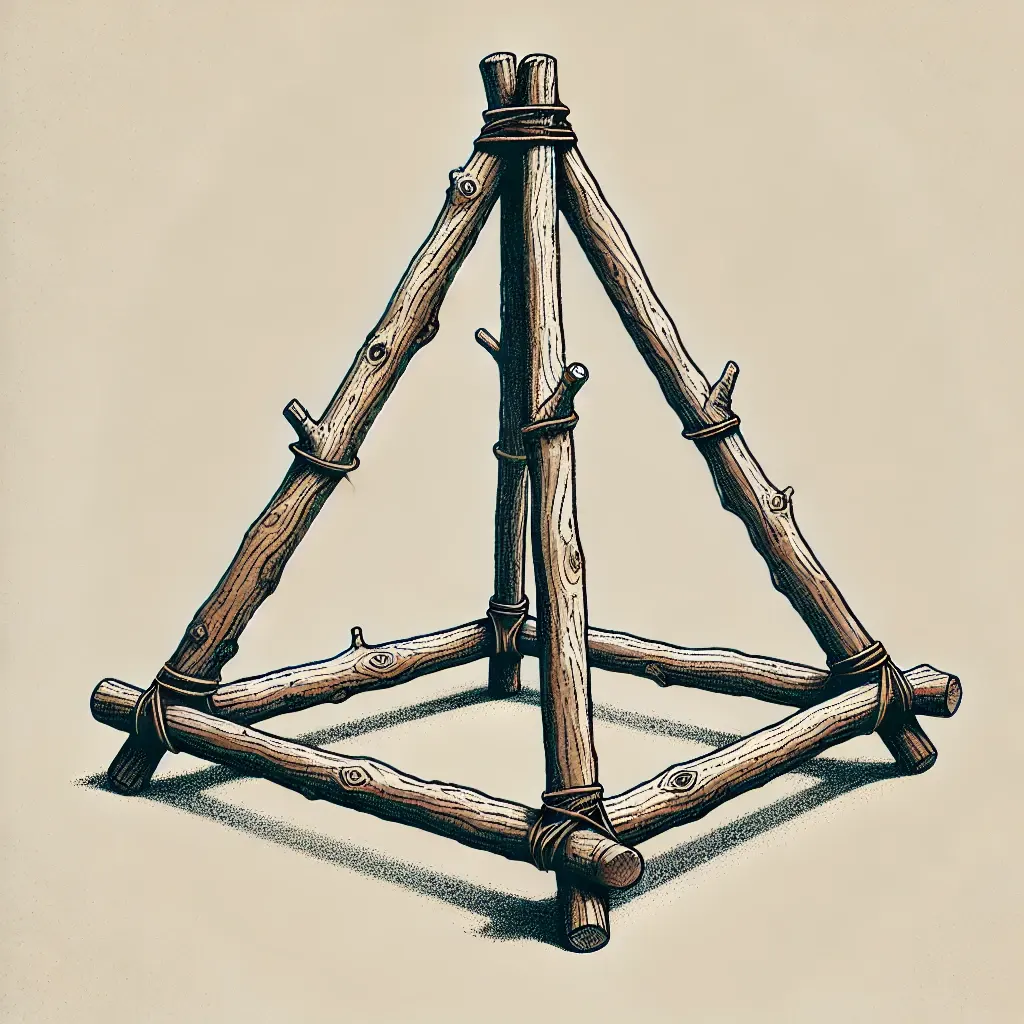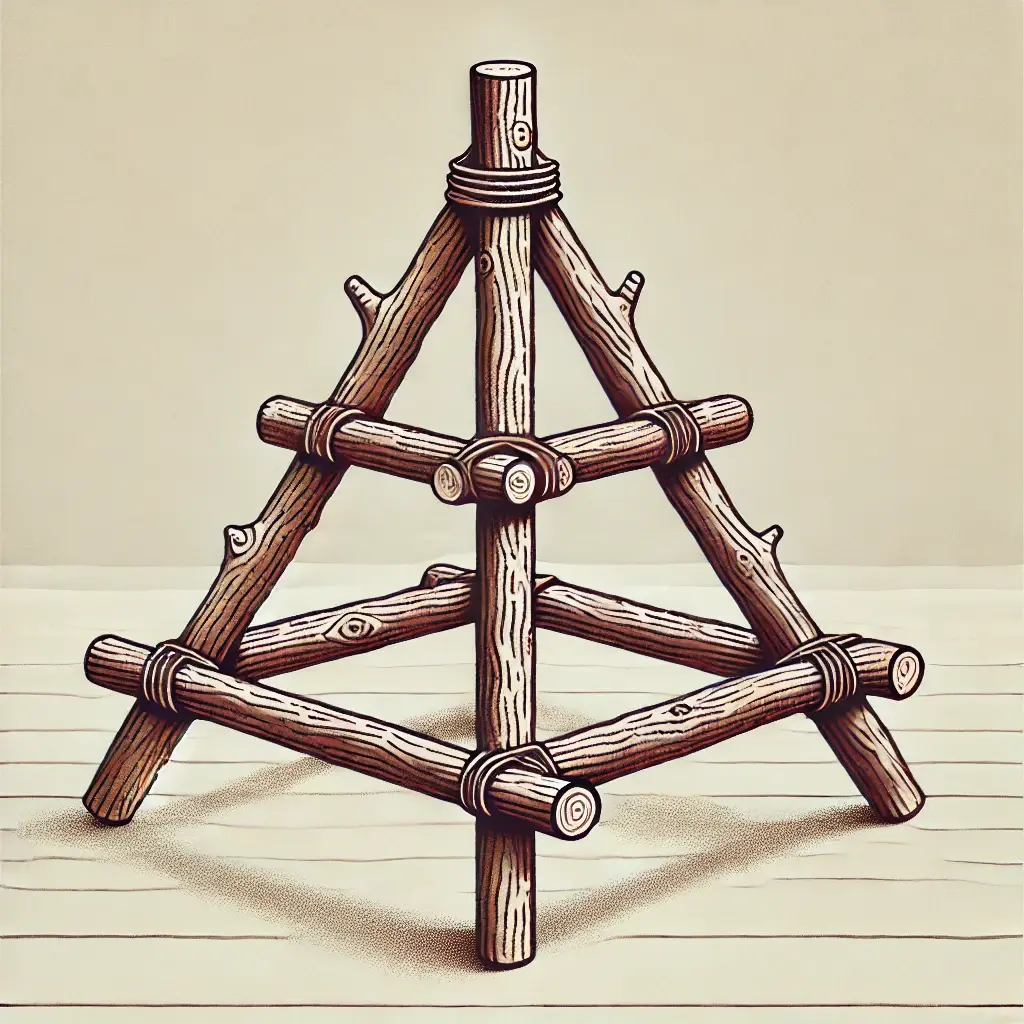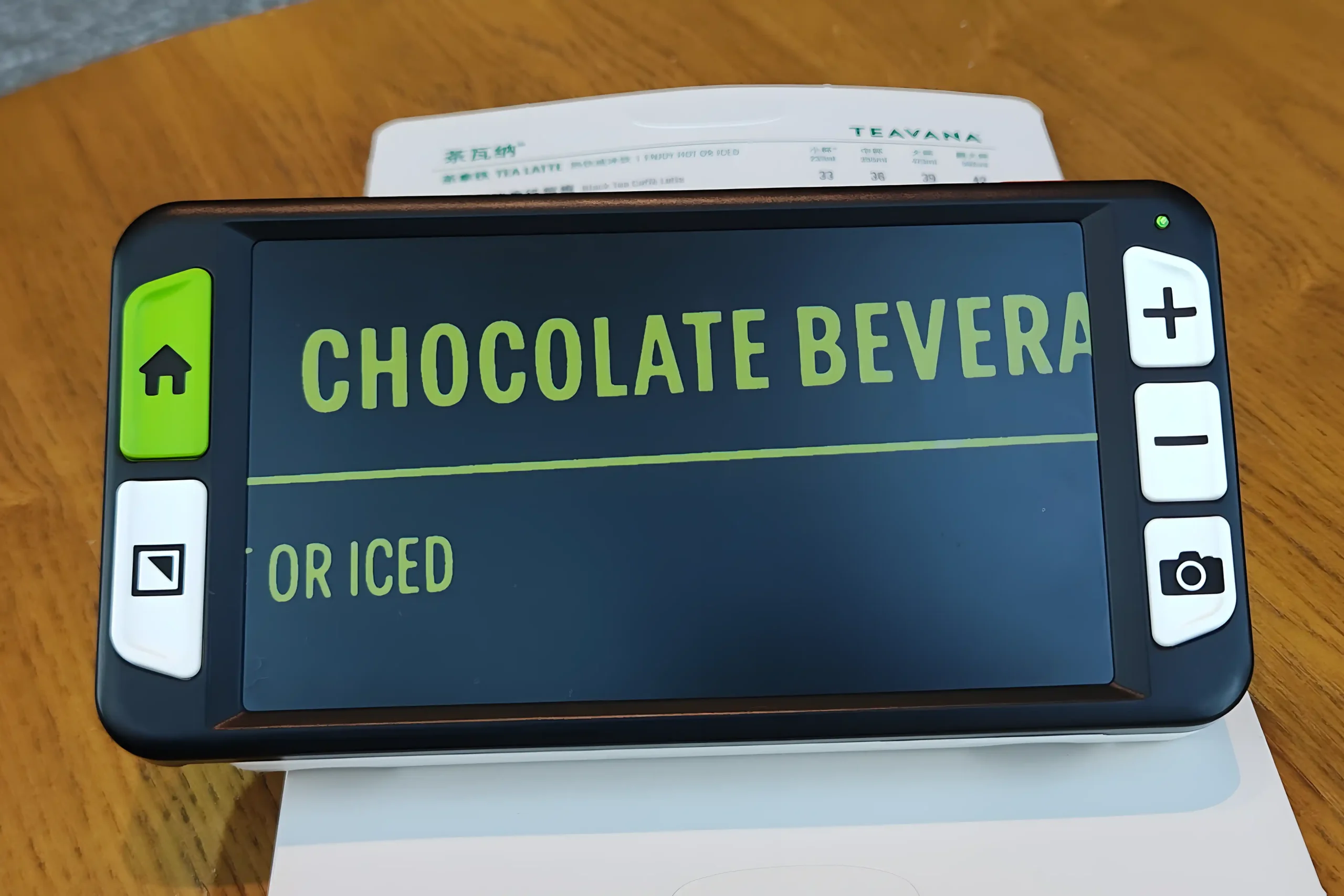
As Christmas approaches, is your home still missing a tree? Don’t worry! Crafting a unique DIY Christmas tree is not only a great way to enhance the festive atmosphere but also a wonderful opportunity for families with low vision to bond through a meaningful and interactive project. By working together, individuals with low vision can take part in every step of the design and creation process, resulting in a tree that is both personalized and full of love.
Compared to purchasing a Christmas tree, a DIY tree is often more cost-effective and environmentally friendly. Most importantly, it offers more opportunities for family interaction and creativity. With the help of low-vision assistive technology like the Zoomax Luna 6, even the most intricate tasks become easier to manage. Let’s start with a comparison of DIY versus store-bought trees and move on to a detailed guide to creating your own unique Christmas tree.
DIY vs. Store-Bought Christmas Trees: A Comparison
| Dimension | DIY Christmas Tree | Store-Bought Christmas Tree |
|---|---|---|
| Cost | $25–$70 | $50–$330 |
| Time Commitment | 3–8 hours | 1–5 hours |
| Eco-Friendliness | Uses eco-friendly materials, reduces plastic use | Real trees are biodegradable, artificial trees have a high carbon footprint |
| Personalization | Highly customizable, completely unique design | Fixed appearance, less room for adjustments |
| Meaning | Enhances family interaction and creates lasting memories | Saves time, quickly brings festive vibes |
Why Choose a DIY Christmas Tree?
As the table shows, the greatest advantages of a DIY Christmas tree lie in its customization and family bonding potential. Not only can you tailor the design to fit your preferences, but the crafting process also fosters meaningful interaction among family members. For individuals with low vision, creating a DIY tree is an empowering experience that enhances their engagement and motor skills.
Making a DIY tree typically requires 2-3 people and 3-8 hours to complete, depending on the complexity of the design and the materials available. Using low-vision assistive devices like the Zoomax Luna 6 can further simplify the process, allowing users to handle every detail with ease. Let’s dive into the step-by-step process of creating a unique Christmas tree.
Step 1: Set Your Goals and Design
Before you start, it’s important to plan the tree’s style and dimensions.
Determine the Goal:
- Size: Choose a height based on your available space, ideally between 3 and 5 feet for convenience and visibility.
- Style: Decide on the overall look of your tree—whether it’s rustic, minimalist, or classic holiday-themed.
Choose the Trunk Structure:
- Thick Tree Trunk: If you have access to a sturdy tree trunk nearby (such as from legal sources or garden cuttings), it can serve as a natural and strong base.
- Support Frame: If a natural tree trunk isn’t available, consider building a support frame structure with wood or other materials. Put your DIY skills to work by choosing a three-legged or four-legged structure to build a single-layer or multi-layered frame. Once the Christmas tree framework is shaped, all that’s left is to add the outer branches and decorations.
Select Branches:
- Natural Branches: Use branches from Abies alba or other fir, spruce, pine, or cypress trees to recreate the appearance of a traditional Christmas tree.
- Artificial Branches: If natural branches are not accessible, use plastic faux branches, which can be glued or attached to the trunk.
- Attachment Options: If the trunk is sturdy enough, consider drilling small holes into it and inserting the branches for a more authentic look.
 Design the Layout:
Design the Layout:
- Create a rough sketch of your tree. Using tools like the Zoomax Luna 6 to magnify the details of your plan can help individuals with low vision better understand the design.
- Family members can describe the design in simple terms, ensuring everyone is on the same page.
Step 2: Gather Materials
1. Essential Supplies
- Tree Base and Branches: Collect branches from outdoor areas or purchase a wooden frame for a modern look.
- Decorations: String lights, bells, Christmas ornaments, ribbons, and a tree topper.
- Tools: Twine or wire for assembly, glue, scissors, and a sturdy wooden base for support.
 2. Where to Find Materials
2. Where to Find Materials
Outdoor Collection:
- Visit a nearby park or garden to gather suitable branches and natural items like pinecones and leaves.
- Inspect branches for smoothness and ensure they are free of debris.
Online Shopping:
- If outdoor collection isn’t possible, shop online for pre-cut wooden frames and decorations. Use the Zoomax Luna 6 to read product descriptions and compare designs to make the best choice.
Step 3: Build the Tree Framework
1. Prepare the Base and Branches
Sort the Branches:
- Arrange the branches by length, from longest to shortest.
- Closely examine each branch, removing any rough spots or irregularities.
Secure the Base:
- Use the longest branch or a sturdy wooden rod as the trunk and secure it to the base using wire or glue.
2. Assemble the Tree Structure
Layer the Branches:
- Starting from the bottom, attach the longest branches horizontally to the trunk, layering shorter branches as you work upward.
- Ensure the branches are evenly spaced and symmetrically aligned.
Shape the Tree:
- Trim excess length from the branches to create a clean, triangular silhouette.
Step 4: Decorate Your Tree
1. String the Lights
- Steps:
- Starting at the top, wrap string lights around the tree in a spiral pattern, ensuring even spacing.
- Use the Zoomax Luna 6 to check connections and confirm the lights are securely attached.
2. Add Ornaments
- Steps:
- Distribute ornaments like bells and Christmas balls across the tree, balancing colors and sizes for a harmonious look.
- Use the Zoomax Luna 6 to inspect the hooks and attachment points for safety and stability.
3. Place the Topper
- Steps:
- Secure a star or other decorative piece to the top of the tree, ensuring it is straight and secure.
- The Zoomax Luna 6 can magnify the connection area, making this step easier for individuals with low vision.
Step 5: Enjoy the Experience
1. Empowerment for Low Vision Users
Using the Zoomax Luna 6 ensures that individuals with low vision can confidently participate in every step of the process, from gathering materials to adding finishing touches.
2. Strengthen Family Bonds
The collaborative nature of crafting a DIY tree brings families closer together, as everyone contributes to the project in their unique way.
3. Promote Sustainability
By using natural or reusable materials, you’re creating a tree that’s eco-friendly and aligned with modern sustainable practices.
Conclusion: Brighten the Holidays with a DIY Tree
Creating your own Christmas tree isn’t just about decoration—it’s about the shared memories and moments of joy that come from working together. With tools like the Zoomax Luna 6, the process becomes even more inclusive, ensuring that everyone, regardless of vision ability, can take part in the holiday magic. This Christmas, gather your family, embrace creativity, and craft a tree that reflects your love, individuality, and festive spirit!
Frequently Asked Questions (FAQs)
What materials are needed to make a DIY Christmas tree?
To create a DIY Christmas tree, you’ll need the following:
- Tree Trunk and Branches: Use natural branches (e.g., spruce, fir, pine, or cypress) or artificial branches.
- Decorations: Include string lights, bells, Christmas ornaments, ribbons, and a tree topper.
- Tools: Twine, wire, glue, scissors, and a sturdy base. If inserting branches into the trunk, you’ll also need a drill.
What are the alternatives if natural branches are not available?
If natural branches are not accessible, consider these alternatives:
- Artificial Branches: Purchase plastic faux branches that resemble natural ones from online platforms.
- Framework Design: Build a support structure with wooden rods and attach faux leaves or branches using glue or wire.
How can I ensure the stability of the DIY Christmas tree?
The key to a stable DIY Christmas tree lies in the trunk and base:
- For natural trunks, choose a thick, sturdy piece and secure it firmly to the base.
- For framework designs, ensure that each connection point is reinforced with wire or screws. Branches can be inserted into drilled holes in the trunk or glued securely to the frame.





